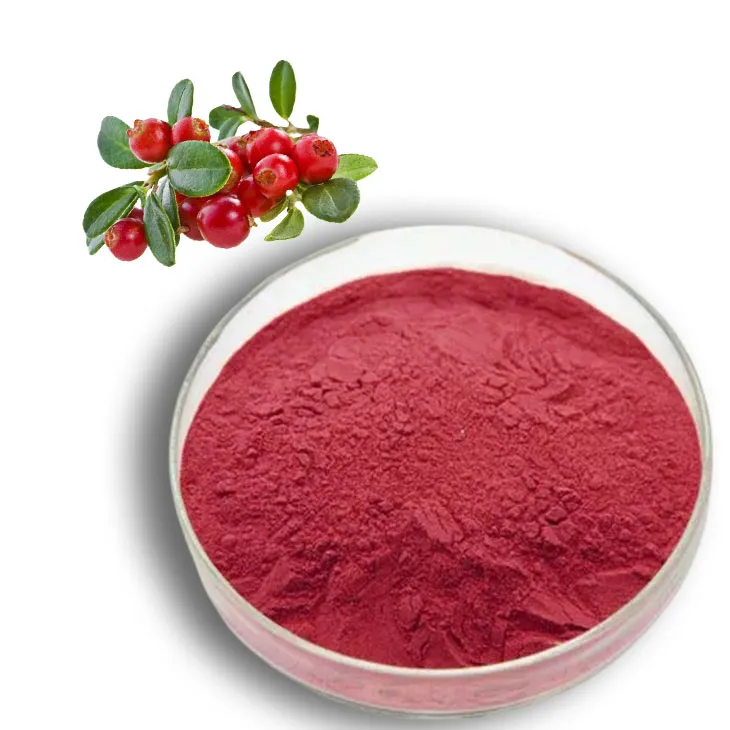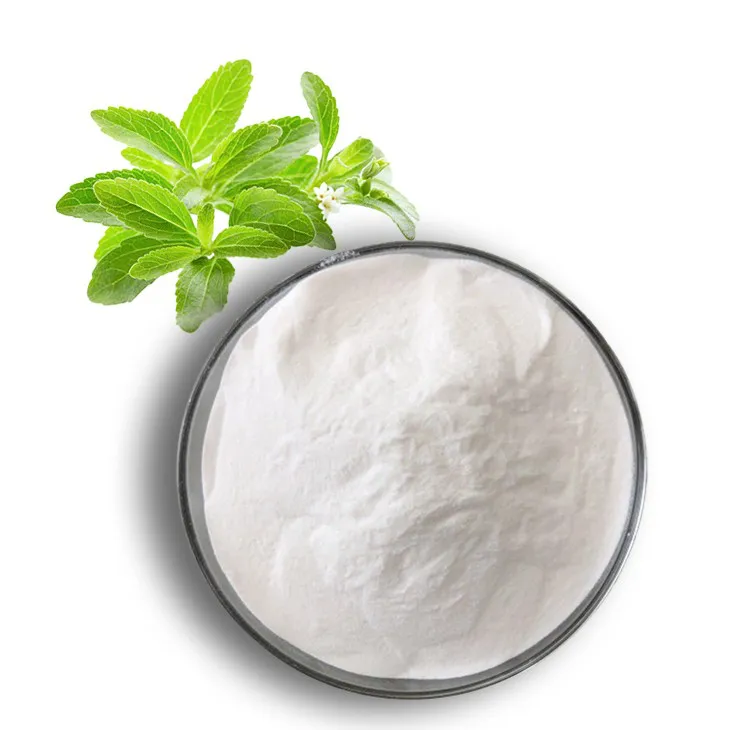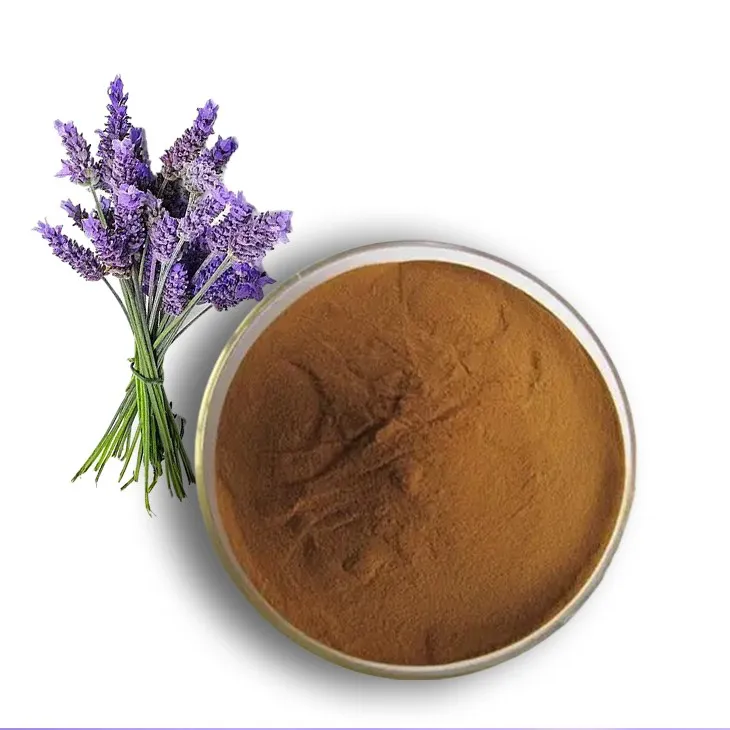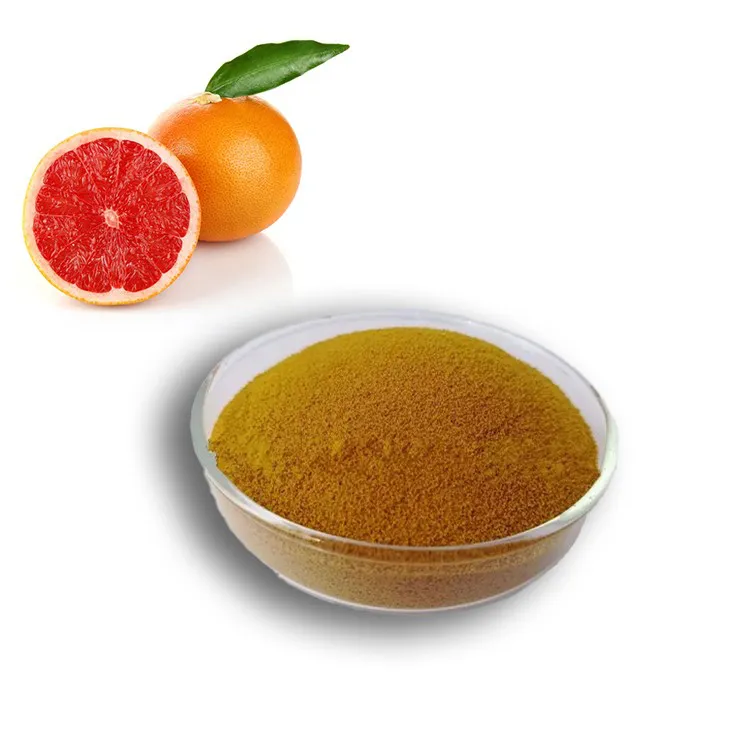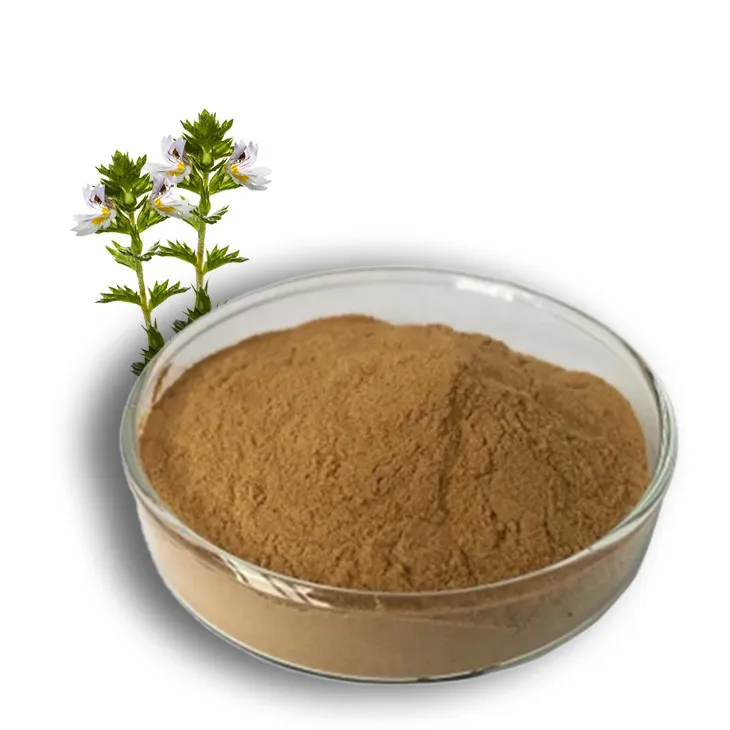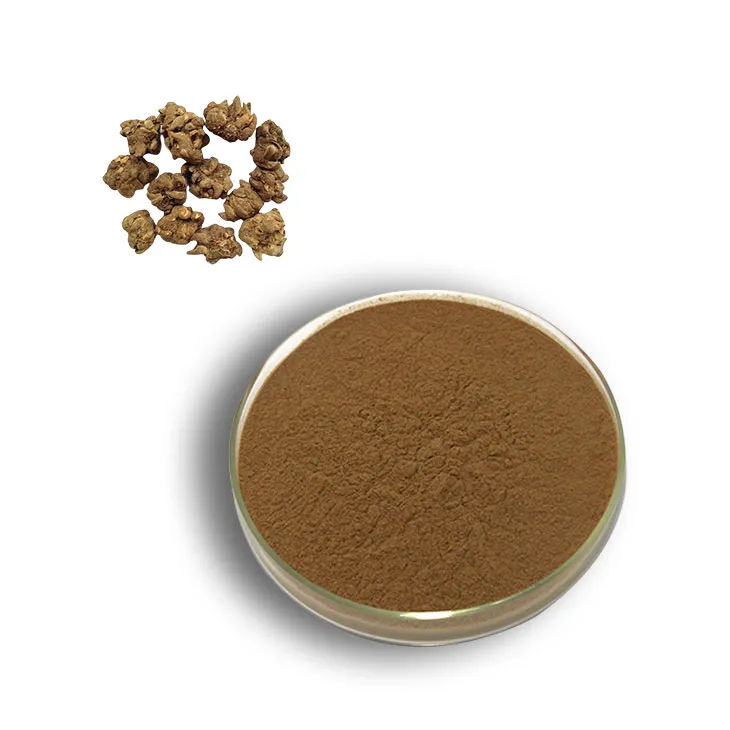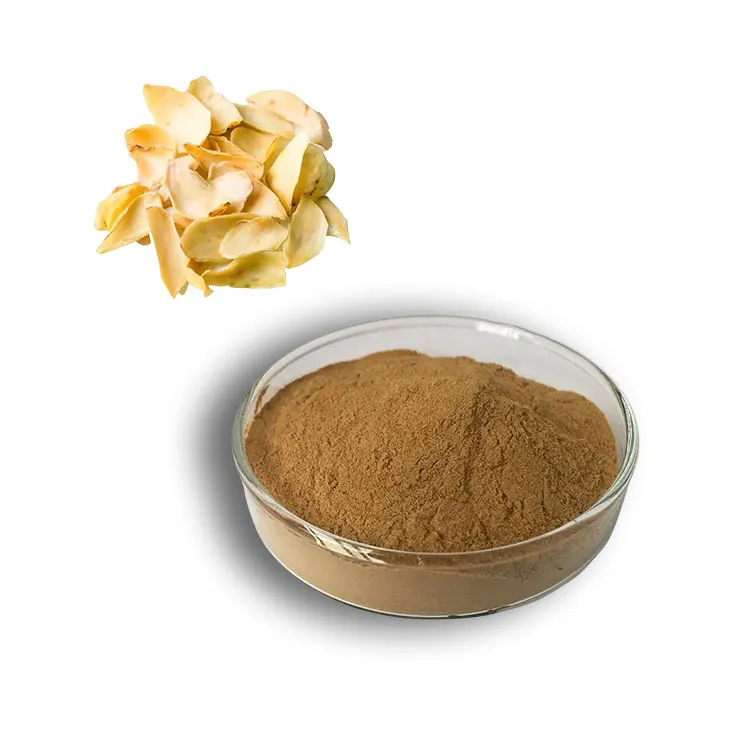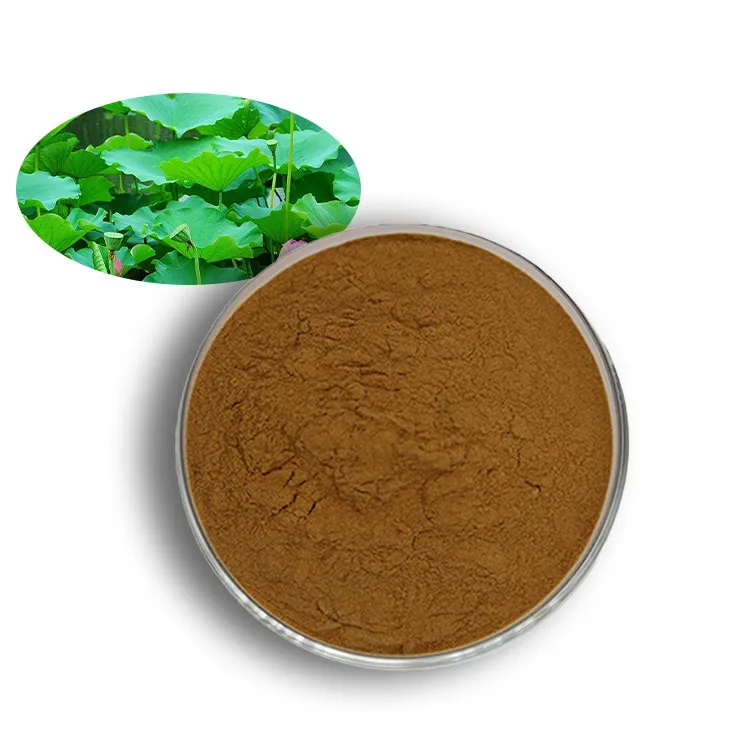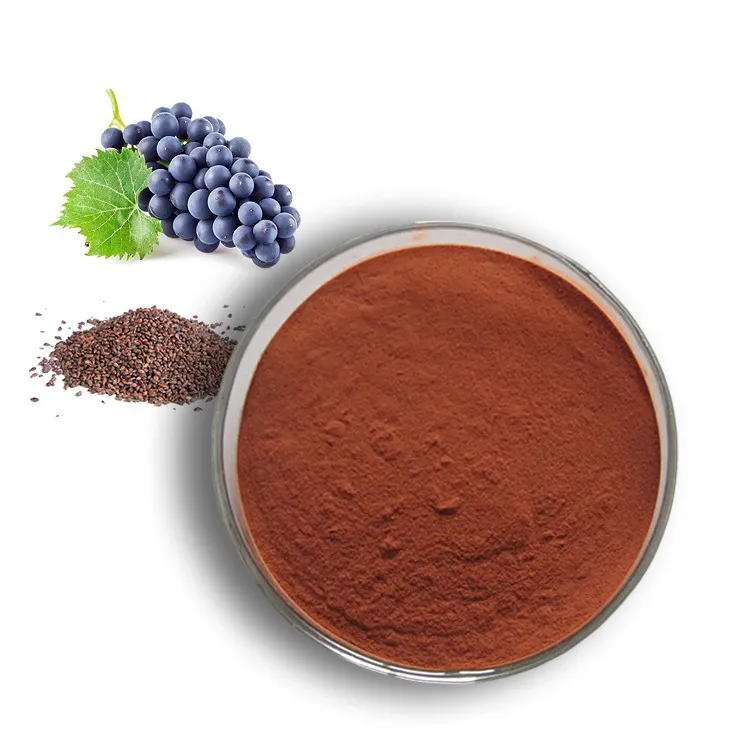- 0086-571-85302990
- sales@greenskybio.com
Slippery Elm: history, Versatile Preparation and Culinary Uses
2025-06-06
The slippery elm tree (Ulmus rubra), native to eastern North America, has long been revered for its remarkable healing properties. Known by names such as red elm, gray elm, and Indian elm, the inner bark of slippery elm has been a foundation of traditional medicine for centuries, particularly among Indigenous groups like the Cherokee, Iroquois, and Ojibwa. These communities used the bark to treat wounds, sore throats, and digestive complaints long before European settlers adopted these practices and established slippery elm as a staple in 19th-century American pharmacopeias.
Rich in antioxidant phytonutrients, tannins, and especially mucilage, slippery elm’s unique therapeutic profile underpins its enduring value. The mucilage—a gel-like substance that becomes slippery when mixed with water—coats and soothes inflamed tissues, making the bark especially effective for a variety of health conditions. This protective barrier has proven invaluable for gastrointestinal issues like irritable bowel syndrome, acid reflux, and gastritis. Slippery elm is also widely used to ease sore throats, calm coughs, heal wounds and burns, and reduce inflammation associated with arthritis and other chronic conditions.
Modern research supports these traditional uses, highlighting the bark’s blend of antioxidants, anti-inflammatory flavonoids, and gentle, immune-boosting compounds. Slippery elm is approved by some health authorities for uses including urinary tract irritation and cough relief, further cementing its reputation as a multipurpose remedy.
Versatile Preparation and Culinary Uses
Traditionally, slippery elm bark has been prepared as steeped teas, topical poultices, or powdered supplements. Today, it is available in convenient capsules and lozenges, while the powder can easily be mixed into water, smoothies, or made into a paste for topical use. Its mild, nutty, and slightly sweet flavor makes it a welcome addition to a variety of recipes, including smoothies, porridge, homemade energy bites, and soothing throat lozenges.
Recipe ideas tap into the bark’s gentle flavor and healing potential. Suggestions include a smoothie blended with almond milk, banana, and a hint of honey; a porridge combined with oats and cinnamon; lozenges made with honey and lemon juice; and energy bites featuring dates, nuts, and cocoa powder.
A History of Lifesaving Uses
The legacy of slippery elm as a healer is well-documented. During the American Civil War, soldiers relied on it to treat wounds and help ward off infection, often in the absence of other medical supplies. The bark’s ability to draw out toxins, reduce swelling, and promote healing made it an essential field remedy, reflecting centuries of earlier indigenous knowledge.
Cultivation and Safety
Slippery elm thrives in the rich, moist soils of the eastern U.S. and Canada. The inner bark ranges in color from light to reddish-brown and has a fibrous texture, making it easy to grind into a pale tan powder. While generally well-tolerated, users should consult with health professionals before adding slippery elm to their regimen, especially if they are pregnant or taking prescription medications.
A Superfood for Contemporary Wellness
With food and medicine increasingly dominated by synthetic products, slippery elm stands out as an example of nature’s best. Its broad spectrum of beneficial compounds, historical significance, and culinary versatility make it more than just a traditional remedy—it’s a true superfood for modern wellness. Whether used for digestive comfort, respiratory relief, wound healing, or simply as an everyday health boost, slippery elm continues to prove its enduring value in both homes and clinics today.
- ▶ Hesperidin
- ▶ citrus bioflavonoids
- ▶ plant extract
- ▶ lycopene
- ▶ Diosmin
- ▶ Grape seed extract
- ▶ Sea buckthorn Juice Powder
- ▶ Beetroot powder
- ▶ Hops Extract
- ▶ Artichoke Extract
- ▶ Reishi mushroom extract
- ▶ Astaxanthin
- ▶ Green Tea Extract
- ▶ Curcumin Extract
- ▶ Horse Chestnut Extract
- ▶ Other Problems
- ▶ Boswellia Serrata Extract
- ▶ Resveratrol Extract
- ▶ Marigold Extract
- ▶ Grape Leaf Extract
- ▶ blog3
- ▶ Aminolevulinic acid
- ▶ Cranberry Extract
- ▶ Red Yeast Rice
- ▶ Red Wine Extract
-
Cranberry Extract
2025-06-06
-
Diosmin
2025-06-06
-
Stevia Extract
2025-06-06
-
Lavender Extract
2025-06-06
-
Grapefruit Seed Extract Powder
2025-06-06
-
Eyebright Extract
2025-06-06
-
Cat Claw Extract
2025-06-06
-
Lily extract
2025-06-06
-
Lotus leaf extract
2025-06-06
-
Natural grape seed extract
2025-06-06











